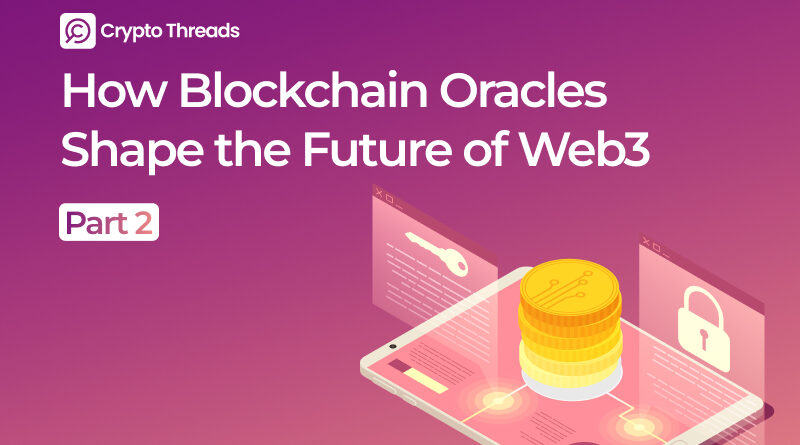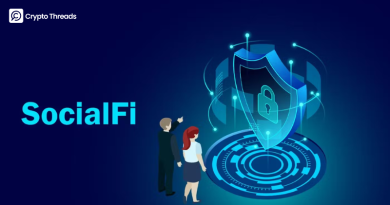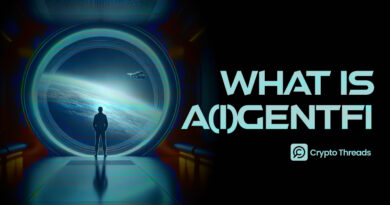How Blockchain Oracles Shape the Future of Web3 (Part 2)
As Web3 apps continue to grow in popularity, there is a growing requirement for reliable, real-time data integration. Oracles are a crucial component in this ecosystem that connects dApps to the outside world. Oracles provide precise, reliable off-chain data into blockchain networks, enabling these dApps to access external information in real-time. For fundamental Web3 features like decentralization, trustlessness, and advanced smart contract functionality, this will be revolutionary.

Enhancing Decentralization with Trustless Data Integration
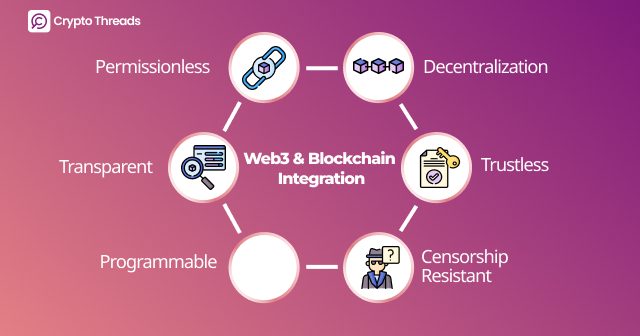
Web3 & Blockchain Integration to Digital Evolution
Decentralization is the foundation of Web3, which aims to eliminate reliance on centralized authorities and empower users to take control of their data and digital assets. However, that’s not the answer to what makes a blockchain decentralized if the data input in a blockchain system is centralized and unreliable. Data feeds based on traditional approaches are often dependent on a centralized oracle, creating single points of failure, which is contrary to the nature of Web3. Such oracles are also vulnerable to risks like manipulation of data, censorship, and downtime, etc.
Decentralized Oracle Networks (DON) help mitigate such attacks by aggregating data from several independent sources, thereby preventing any single entity from controlling the information flow. Combined, these networks check data authenticity, reducing manipulation chances, and bettering Web3 trustless nature. For example, Chainlink’s DON uses a reputation-based scoring system and staking mechanism to promote data integrity and prevent malicious activity. Chainlink’s price feed, which secures tens of billions of dollars across decentralized finance (DeFi) platforms, illustrates how DON leverages multi-layered decentralization to ensure robust data distribution.
Expanding Smart Contract Capabilities with Real-World Data
Web3 applications consist of various smart contracts, which serve as their basic building blocks. They bridge the gap for smart contracts because they can access any off-chain data and computational resources. This connectivity is needed for building decentralized apps that depend on external data, including insurance platforms, financial derivatives, supply chain solutions, etc. As a specific example, Augur, a decentralized prediction market platform, uses oracles to bring real-world data—like sports scores or election results—into its smart contracts. Augur is able to correctly bet on real-world events thanks to this data. Similarly, DeFi protocols like Aave and Compound rely on accurate price feeds to determine asset prices, which is essential for trading, lending, and borrowing. The critical role of oracles in enabling smart contract-based systems is evidenced by the liquidation and inefficiencies caused by the lack of reliable external information.
Fostering Interoperability Across Blockchain Networks
Web3 refers to a seamless, interoperable ecosystem where various blockchain networks can transfer assets and information across networks without external constraints. To realize this vision, we need a powerful cross-chain communication framework, which is offered by the cross-chain oracles.
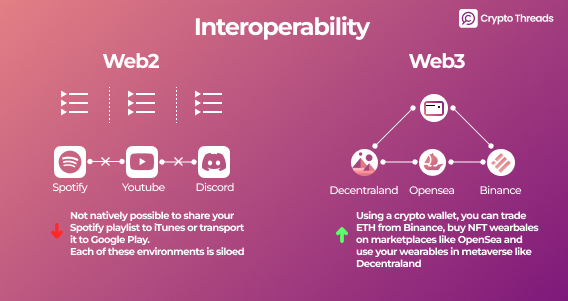
Web3 Interoperability to Bridge the Future of the Internet
Cross-chain oracles facilitate the transfer of data and assets across different blockchain networks, promoting interoperability and improving liquidity across platforms. Cross-chain communication, enabling users to utilize assets from one blockchain in applications hosted on another blockchain, is accomplished through protocols like Band and Chainlink. Cross-chain oracles move assets seamlessly between the likes of Ethereum, Binance Smart Chain, and Solana all without centralized exchanges.
Further still, cross-chain oracles can initiate smart contract actions on different blockchain ecosystems. One use case is whether a condition met on the Polygon network can trigger a smart contract on Ethereum. The demand for this level of interoperability will be crucial within the context of the economic infrastructure of Web3 and in promoting a more decentralized, interconnected internet.
Unlocking New Use Cases Through Compute-Enabled Oracles
As Web3 expands, the computational demands of dApps become increasingly complex, often exceeding the capabilities of on-chain execution. Computational oracles address this challenge by providing secure off-chain computation services.
These oracles provide innovative features such as generating verifiable randomness for blockchain-based games and lotteries, ensuring fairness and transparency. Chainlink’s Verifiable Random Function (VRF) is the leading solution for providing secure randomness for gaming dApps, protecting outcomes from bias or manipulation. Computational oracles also automate smart contract execution based on real-world events through services such as Chainlink Keepers. These tools are particularly useful for DeFi applications that require automated portfolio rebalancing or liquidation processes triggered by predefined conditions.
Furthermore, oracles support computation that enables privacy-preserving computation using zero-knowledge proofs. This innovation ensures that sensitive data, such as healthcare or financial information, can be processed securely while complying with regulatory requirements. These capabilities open up new possibilities for decentralized applications across a variety of industries.
Driving the Growth of Web3’s Economy
The rapid expansion of the Web3 ecosystem emphasizes the increasing demand for accurate, real-time information. Oracles form the backbone of the Web3 data economy, turning information into currency. This creates an economic incentive to provide accurate, high-quality information by allowing data providers to produce tokens for their contributions—improving the reconciliation process while expanding the data available for analysis.
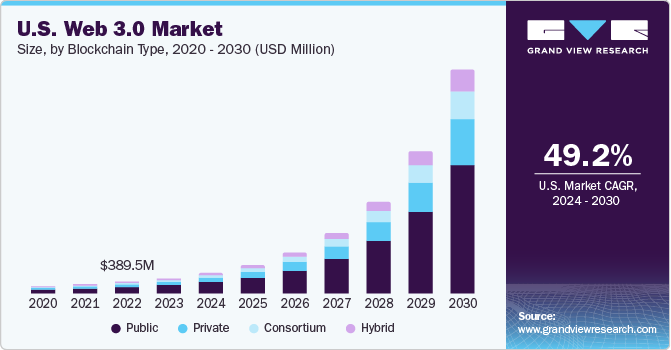
Web3 Market Size, Share & Growth (Source: Grand View Research)
Oracles help with critical operations in DeFi protocols worth multi-billion dollars, providing data for yield farming, derivatives trading, lending value calculations, etc. Chainlink oracles have already secured more than $75 billion in value by 2023, emphasizing how crucial they are to the achievement of economic growth of the Web3.
Oracles also have another game-changing feature related to tokenized assets. Oracles will bridge the gap of physical assets—real estate, stocks, and commodities—bringing them onto the chain and opening trillions of dollars of economic potential. This integration will also further drive liquidity and accessibility, solidifying oracles as the enablers of the next phase of Web3 growth.
Conclusion
Blockchain oracles are the linchpin of Web3’s success, bridging the gap between decentralized networks and real-world data. While oracles exist because off-chain and on-chain data are inherently unrelated, their role will be critical as Web3 evolves. By promoting decentralization, enhancing smart contract capabilities, enabling interoperability, and providing computational support services, oracles are shaping the future narrative of Web3.
As the ecosystem matures, oracles will continue to revolutionize industries, empower decentralized governance, and open up new possibilities in privacy-focused applications. Their contributions are essential to realizing Web3’s vision of a decentralized, trustless, and connected internet.
